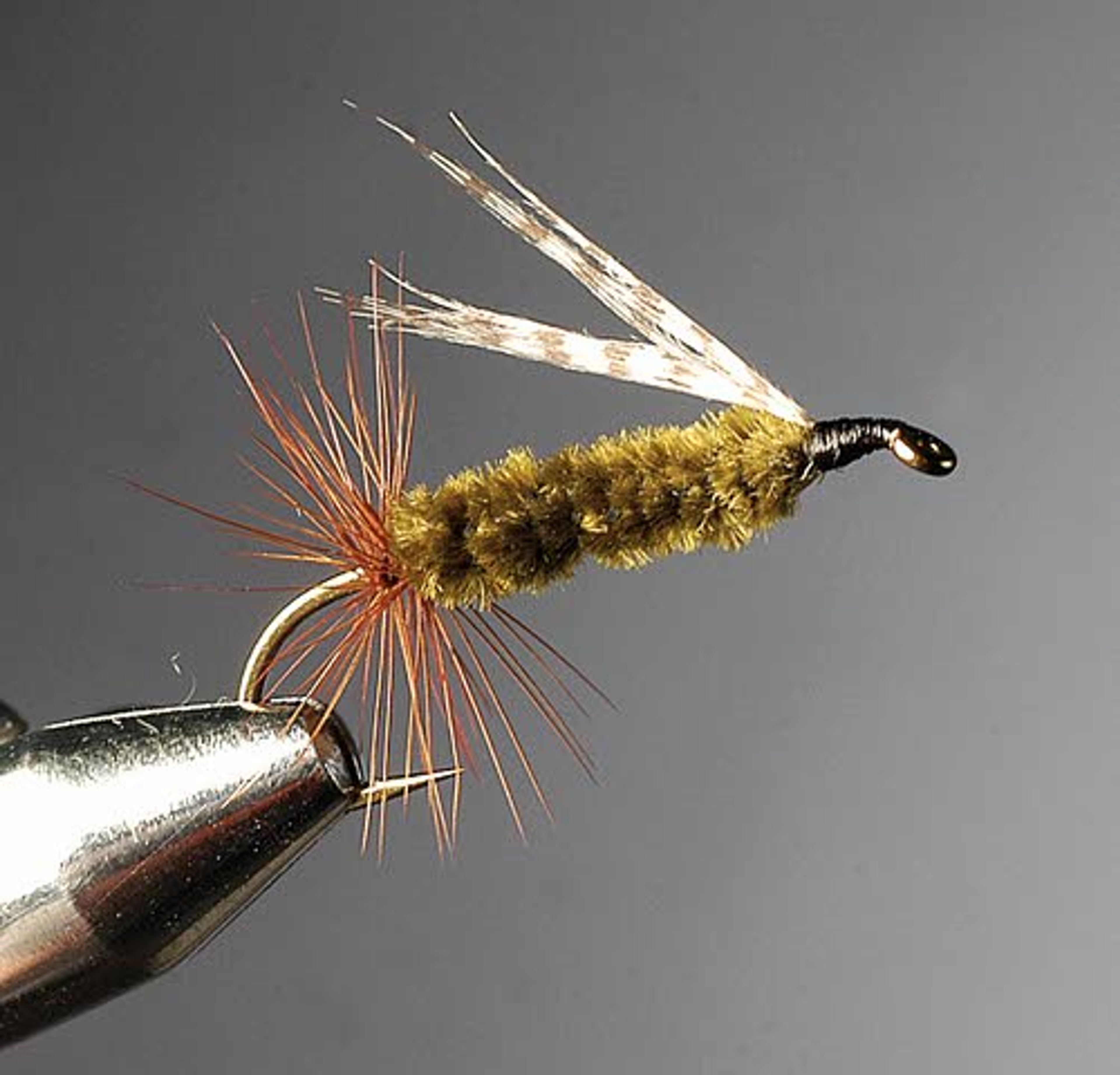Sheep Creek Special just gets the job done
Commentary
When I first saw the Sheep Creek Special, I was not impressed.
I could not see anything this simple pattern could represent in lakes. Maybe a damsel or a minnow at times, but nothing else. I thanked the older gentleman for the fly sample, and put it in my fly box with the thought it would never be used.
This first encounter happened several years ago, in southern Idaho, at a lake I cannot remember the name of. (I have OGM - old guy memory.) Winter came and all thoughts of fishing were gone, but it was time to clean out the old fly boxes, clean and lube the reel, and check and clean the rod and get ready for spring lake season.
There was that Sheep Creek Special, stuck in a corner of a fly box. I looked at it and almost tossed it in the pile of other rusted or broken patterns that were to be thrown away or saved as examples to tie new fresh flies for the coming season. But for whatever reason, I decided to keep it.
I found the fly was also called Biggs Fly, in honor of its inventor, George Biggs. Biggs invented the Sheep Creek Special back in the 1970s, while fishing Sheep Creek Reservoir on the Idaho-Nevada border. The
pattern from that reservoir has been used extensively in many other lakes and reservoirs in Idaho and other states. This fly was developed for lake fishing and I have never heard of anyone using it in streams. For you pan fishermen, this pattern also works very well.
Since that day so many years ago, I have used the Sheep Creek Special in many lakes in many states and Canada. Once, in a damsel fly hatch on the Blackfoot Indian Reservation, this fly proved itself to me. It was the fly of the day. I now carry a fairly large selection of Sheep Creek Specials of different sizes. Lakes, such as Amber, Lenore, Winchester, Little Payette and others in our area, have been productive for me while using the Sheep Creek Special.
Once, in Canada, I had not been having a very good day on a lake that I had heard had some very large fish in it. It seemed no matter what local pattern I used I could not buy a fish. Then I found the fly box with the Sheep Creek in it and from that time on my day improved. I bet those Canadian fish had never seen a pattern like that one, so they attacked the fly to keep it from invading their home water. For whatever the reason, I started catching some of those large fish I had been hearing and reading about.
I still have no idea what form of aquatic life the Sheep Creek Special is meant to represent, but who cares? It works. It is a very simple pattern to tie and the materials are readily available, so give the Sheep Creek Special, or Biggs Fly, a try. You may find it will become one of your favorite lake patterns. The Sheep Creek now has a prominent place in one of my lake fly boxes.
Pattern
Hook - Size Nos. 6 through 12, weighted or unweighted. I prefer Daiichi No. 1720 or No. 2220. The No. 1720 is 3X long and the No. 2220 is 4X long.
Thread -Black 6/0 (140 denier) or 8/0 (70 denier). Brown could also be used.
Tail - None
Rear hackle - Brown. Some pattern books call this the tail.
Body - Olive medium-size chenille.
Wing - A few strands of mallard flank fiber.
Tying tips
Pinch the barb on the hook. If desired, weight the hook with lead substitute wire. At the rear of the hook tie in a soft brown hackle. Three turns is all that is needed. Tie in the olive-green chenille and wrap forward. Tie in the mallard flank fibers. Not very many fibers are needed - 12 to 15 will do very nicely. The wing fibers should not reach beyond the brown hackle at the rear of the hook. Build a small neat head, whip finish and apply head cement.
Last lines
Before that first trip out in your float tube or pontoon boat, blow it up and make sure there are no leaks. You would hate to be out in the middle of a cold lake and have to swim back to shore or, worse yet, not be able to make it back to shore. It is also a good idea to wear a life jacket. I know how to swim and have done lots of it, but in the cold water with heavy clothes, it becomes a whole different experience trying to swim.
Be safe out there.
---
Hyatt is an avid fly tier who lives in Lewiston. He can be contacted at city@lmtribune.com.









